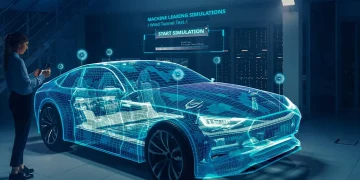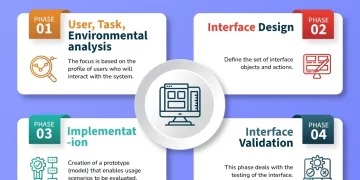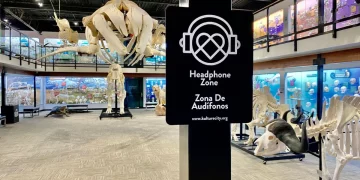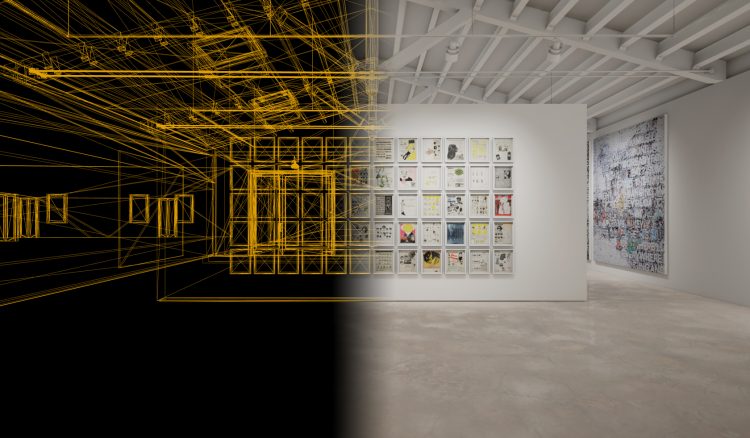In the 21st century, where digital experiences dominate, the relevance of traditional exhibitions has been called into question. With the rapid rise of virtual platforms, augmented reality (AR), and immersive technologies, it’s easy to assume that physical exhibitions are on their way out. After all, why travel to an exhibition when you can view an art collection, explore a trade show, or attend a conference online, from the comfort of your home?
However, despite these advances, the appeal and significance of physical exhibitions remain potent and essential. In fact, many argue that these traditional experiences are evolving to complement the digital landscape, rather than being replaced by it. In this article, we will delve into the reasons why exhibitions continue to hold relevance in the digital age, exploring their unique value, the hybrid models emerging, and how they are adapting to new technological possibilities.
1. The Power of Tangibility
A Multisensory Experience
One of the core strengths of exhibitions lies in their ability to provide a multisensory experience. Whether it’s the texture of a painting, the scale of a sculpture, or the live interactions between participants, physical exhibitions engage all of our senses in ways that digital platforms cannot replicate.
Virtual tours or online galleries, although convenient, lack the immediacy and authenticity that come with standing before a physical artwork or artifact. Touching, smelling, and hearing the elements around you—these create a deep, often emotional, connection to the content on display. For instance, a visitor can’t fully grasp the grandeur of the Sistine Chapel ceiling through a screen, nor can they fully experience the energy of an artist’s live performance streamed online.
The Emotional Connection
Humans are naturally drawn to tangible experiences, which is why physical exhibitions continue to thrive. Studies have shown that in-person events provoke stronger emotional responses, including excitement and awe, which can contribute to better retention of information. This emotional connection is why museums, art galleries, and trade shows can create lasting memories that digital platforms often fail to replicate.
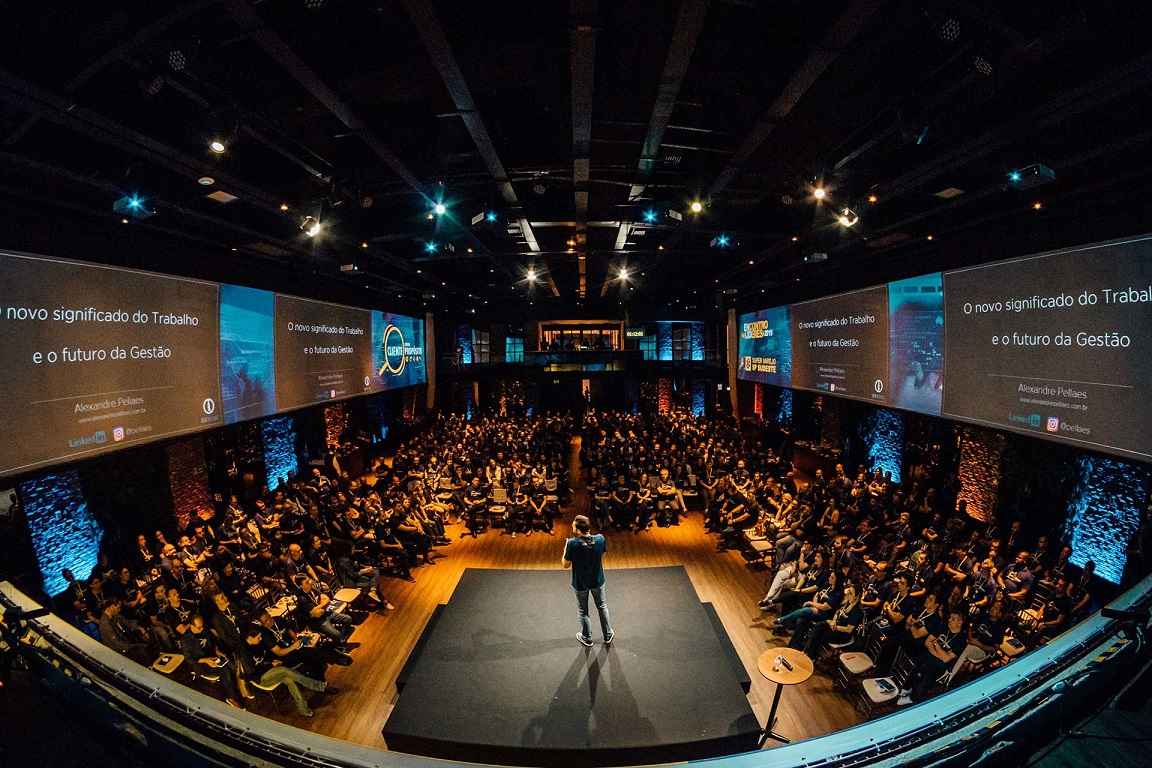
2. The Social Interaction Factors
Networking and Collaboration
Exhibitions are also places where people gather to meet others with shared interests. This social aspect of exhibitions, whether it’s a networking event at a tech conference or an artist’s talk at a gallery, creates an environment where ideas flow freely, partnerships are born, and creative collaborations take place.
Unlike digital spaces that may feel isolated or superficial, in-person events offer opportunities for spontaneous interactions—conversations that develop organically in the hallways or over coffee. It’s through this kind of serendipity that some of the most interesting partnerships and discoveries are made. In fact, one could argue that face-to-face interactions foster a deeper sense of connection and trust, something that is often lacking in the digital realm.
Cultural and Social Experiences
Exhibitions also offer cultural experiences that transcend the individual. They bring people together, regardless of background, to share in the collective experience of viewing something meaningful. For example, art exhibitions often provoke discussions on culture, history, and society, creating a shared space for dialogue that goes beyond the art itself. Digital platforms, on the other hand, can be more transactional, with users consuming content in a solitary manner.
3. Bridging the Gap: Hybrid Models of Exhibitions
The Digital Transformation
While the physical exhibition is far from obsolete, the digital transformation of exhibitions is undeniable. Many traditional venues are incorporating digital tools to enhance the visitor experience. Augmented reality (AR) apps allow museum-goers to learn more about an artwork through their phones, and digital catalogs and virtual exhibitions allow people to access art and exhibits from anywhere in the world.
In fact, the hybrid model—where physical exhibitions are paired with online experiences—has proven to be highly effective. Hybrid events allow people who cannot attend in person to still experience the exhibition remotely. This model also helps organizers to reach a broader audience, blending the best of both worlds.
Virtual Reality (VR) and 3D Immersion
Another exciting development in the digital exhibition space is the use of virtual reality (VR). In fields like art, science, and history, VR is being used to create immersive, interactive exhibitions that transport visitors to far-off places or into the past. Imagine stepping into a Roman bathhouse or walking through the streets of Ancient Athens—experiences like these are now possible, bringing history to life in new and engaging ways.
The possibility of integrating VR with traditional exhibitions is also opening new doors. Museums and galleries are beginning to use VR to offer immersive pre-exhibit experiences, or to enhance a visitor’s journey by allowing them to interact with the exhibition in new, imaginative ways.
4. The Impact of Digital Technology on Exhibition Design
Interactive Displays
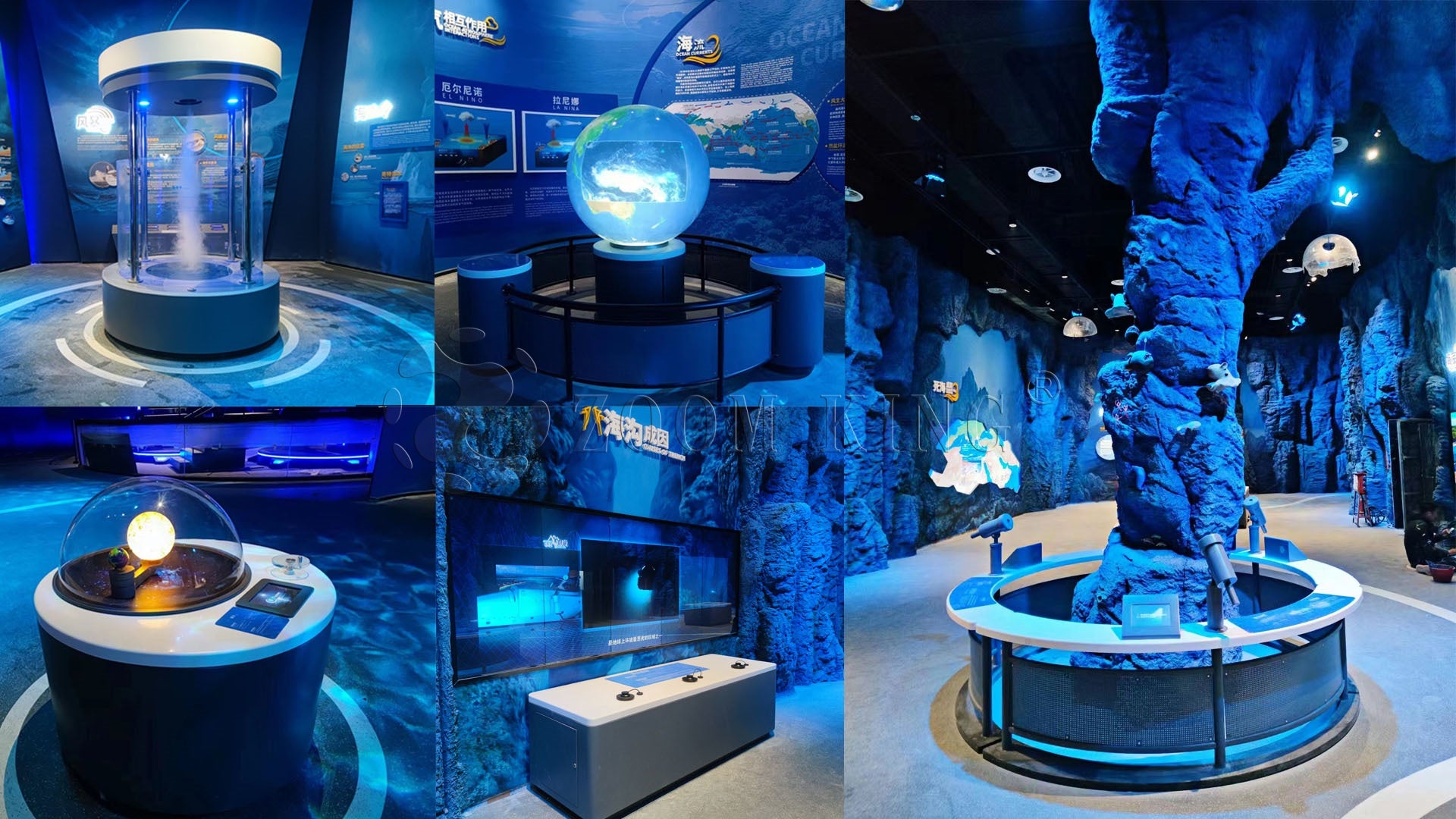
Modern digital technology has revolutionized exhibition design. Interactive screens, projection mapping, and touch-sensitive displays allow visitors to engage with exhibits in ways that weren’t possible before. Exhibitions can now offer interactive educational experiences that let attendees explore different layers of information based on their interests. Museums can curate personalized experiences, guiding users through their visit based on their previous interactions.
In addition, technology allows curators to showcase objects in innovative ways. For example, digital models of archaeological finds can be manipulated by the viewer to better understand the context of the discovery, while live feeds or AI-assisted displays can provide real-time information about an exhibit’s significance.
Data-Driven Exhibitions
Data is playing a significant role in shaping the future of exhibitions. With the rise of data analytics, exhibition designers can track visitor behavior, preferences, and interactions to create more engaging experiences. Understanding how visitors move through a space, what captures their attention, and where they linger allows curators to fine-tune the exhibit, providing a more tailored and relevant experience.
For example, museums are using heat maps to understand which exhibits draw the most attention and which ones are ignored. This data is used to optimize exhibition flow, ensuring that visitors experience the most important parts of the exhibition. In trade shows and business exhibitions, this data can help optimize booth placement and product displays, ensuring that sponsors get the most out of their investment.
5. The Future of Exhibitions: A Hybrid Ecosystem
Evolution, Not Extinction
The digital age is not a death knell for exhibitions. Rather, it’s pushing them to evolve and innovate. While it’s clear that digital platforms offer convenience, speed, and accessibility, they lack the immersive, emotional, and social experiences that physical exhibitions provide. Instead of replacing one with the other, we are likely to see the two worlds merge to create more dynamic, engaging, and meaningful exhibitions.
In the future, we can expect to see exhibitions that are not just static displays of art or products, but immersive, interactive experiences that incorporate the best aspects of both physical and digital worlds. These hybrid events will bring together people from across the globe, create new opportunities for collaboration, and provide unparalleled access to culture, knowledge, and innovation.
Conclusion: A New Era for Exhibitions
Exhibitions are far from irrelevant in the digital age. In fact, they have the potential to thrive by embracing digital tools and creating hybrid models that enhance the visitor experience. Physical exhibitions provide a level of engagement, emotional connection, and social interaction that is difficult to replicate in the digital space. Meanwhile, digital innovations—such as AR, VR, and interactive displays—are expanding the possibilities for what exhibitions can offer.
As the lines between physical and digital worlds continue to blur, exhibitions will undoubtedly continue to evolve, offering visitors new ways to explore, interact with, and experience the world around them. The future of exhibitions is not one or the other—it’s both.














